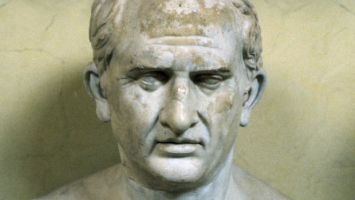Top 13 Interesting Facts About Mark Twain
The author is renowned for having a sharp mind, a great sense of humor, and a lifelong fascination with self-improvement. He is a fascinating individual in and ... read more...of himself and one of the most well-known American authors in history. There are unquestionably many aspects of Mark Twain that we may respect and draw inspiration from. Here are thirteen intriguing details from his life story that you interesting facts about Mark Twain.
-
On November 30, 1835, in the little Missouri town of Florida, Samuel Langhorne Clemens was born two months early. He remained weak and ill until he was eight years old. When he was eight, a measles outbreak—then potentially fatal—frightened him so much that, to relax, he purposefully exposed himself to infection by getting into bed with his buddy Will Bowen. Only three of the seven children, including Clemens, lived to maturity.
John Marshall, Clemens' father, a self-taught lawyer who also owned a general shop, relocated his family to Hannibal, Missouri, in 1839 in quest of greater business possibilities. Hannibal, Missouri, a port city on the Mississippi River that inspired the fictional town of St. Petersburg in The Adventures of Tom Sawyer and the Adventures of Huckleberry Finn. Although he had financial difficulties, John Marshall Clemens was appointed a judge of the peace in Hannibal. His father, 49-year-old Samuel Clemens, passed away from pneumonia when he was eleven.
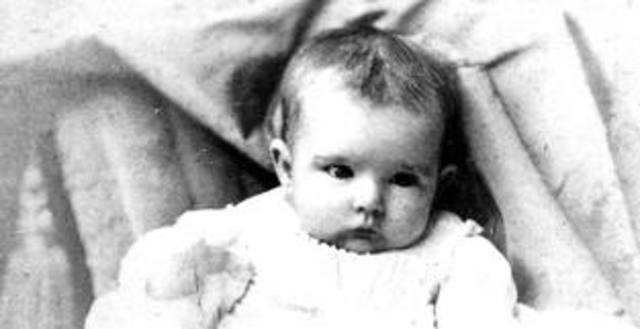
www.timetoast.com 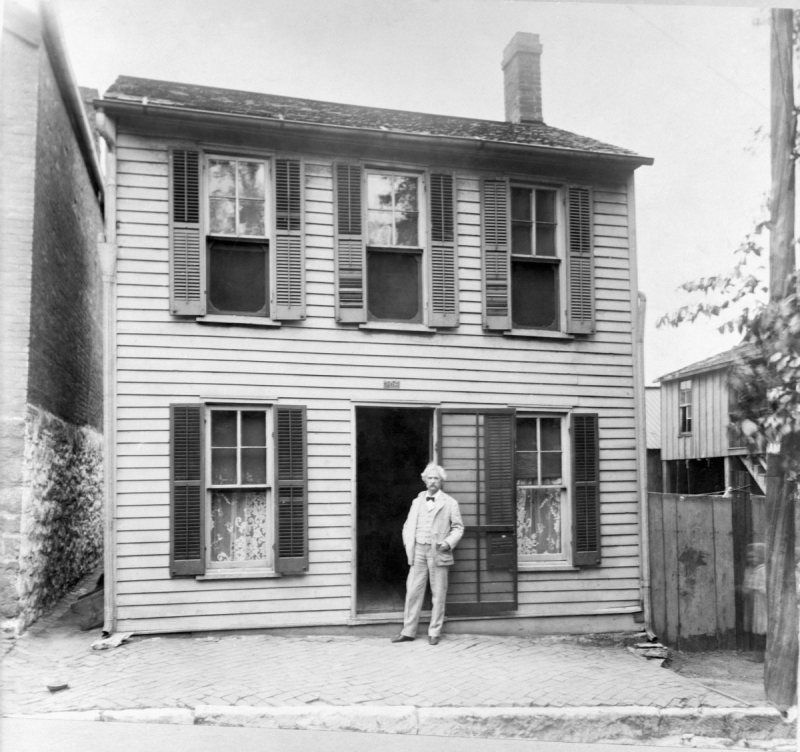
www.biography.com -
One of the interesting facts about Mark Twain is one of the most misquoted authors in history. You're certain to end up among the most misquoted authors in history when you're the creator of the first great American book and well-known for your quotations and witticisms. This is specifically the case with Mark Twain, to whom several quotations that he never spoke have been ascribed.
I have never killed a man, but I have read several obituaries with great pleasure, is one of these famous quotations. This phrase, according to Quote Investigator, is attributed to renowned attorney Clarence Darrow, which makes total sense. Fortunately, there are still many wise sayings by Mark Twain that he truly coined. It is preferable to keep your lips shut and come across as foolish than to say it and dispel any doubt, according to a comment falsely attributed to him. Rather of saying "[He] was endowed with a stupidity," Twain said, "[He] was endowed with a stupidity which by the least little stretch would go around the globe four times and tie."
A renowned American author, speaker, and philosopher, Mark Twain excelled in many fields. He liked talking about philosophy and the world around us and was interested in science and technology. He was a man of wit and language beyond everything else. He is undoubtedly one of the authors whose quotations we like to read the most, sometimes just for the sheer amusement of his razor wit. Example as "Clothes do not merely make the man…clothes are the man."
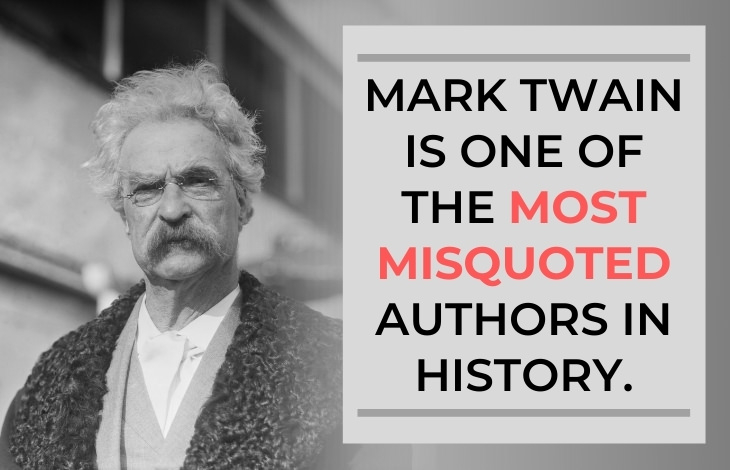
www.ba-bamail.com 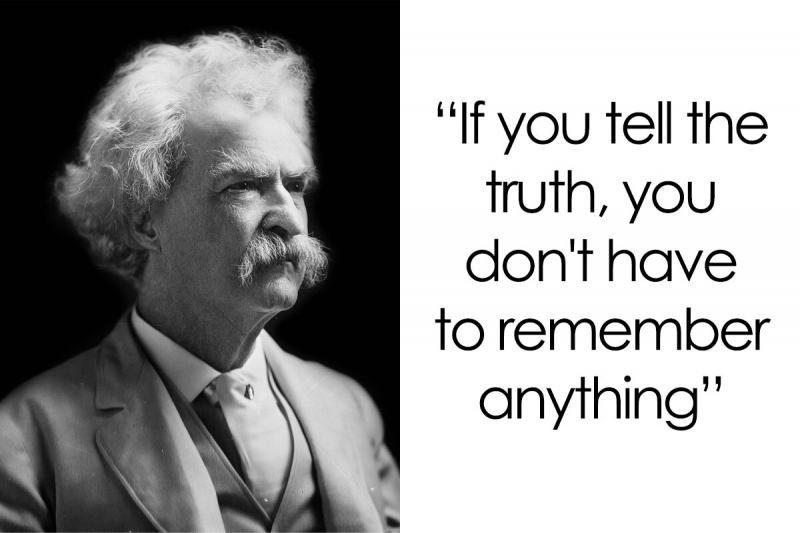
www.boredpanda.com -
John Marshall Clemens, a self-taught lawyer and judge of the peace in Hannibal, Missouri, was the father of Mark Twain and is said to have influenced him in this way. John Marshall Clemens was a strong proponent of self-education. Unfortunately, Twain's father passed away while the future author was just 11 years old, severely straining the family's finances. Young Samuel Clemens began working as an apprentice printer at a newspaper in 1848, barely one year after the passing of his father. He persisted in continuing his schooling, though, and a few years later he had already contributed a few humorous pieces for the newspaper after switching to a typesetting position at a local daily run by his older brother, Orion, in 1851.
Clemens, at 17 years old, left Hannibal in 1853, and for the next few years, he lived and worked as a printer in cities including New York City, Philadelphia, and Keokuk, Iowa. When he was younger, Mark Twain was enthusiastic about reading and spending time in libraries to learn more about the world. He was able to view things differently as a result of this. He appreciated education and believed it to be an essential component of a person's development. At the time, Twain was critical of the American educational system. He thought that education and learning were two distinct concepts. This intense curiosity in everything around him persisted throughout his life, whether he was working as a miner or a riverboat pilot on the Mississippi.
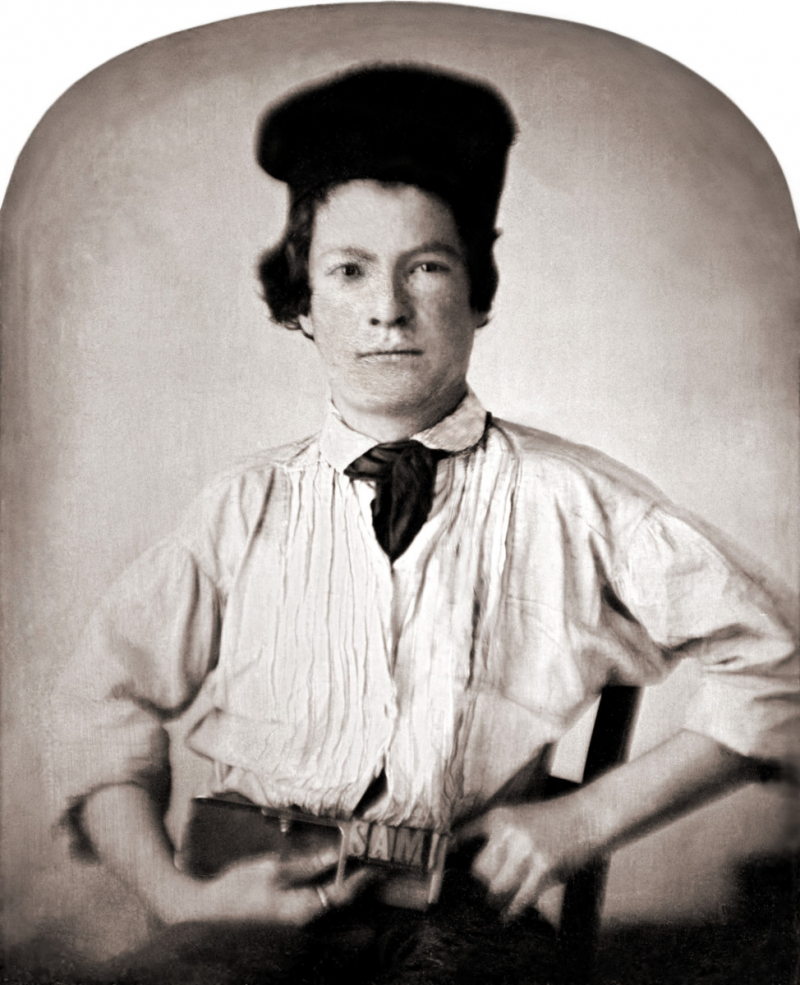
www.imer.mx 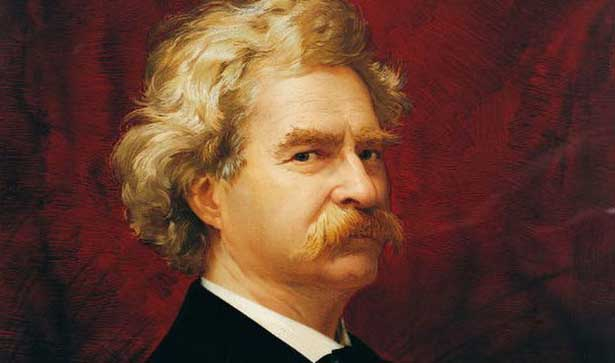
www.biography.com -
Twain loved cats a lot so much that he once had 19 of them, which is one of the interesting facts about Mark Twain Additionally, he would "hire" pets to keep him company while on the road. He also said, "If the man and the cat could be crossed, it would improve man, but it would degenerate cat," demonstrating his considerably higher view of cats than of people. Beelzebub, Blatherskite, Buffalo Bill, Sour Mash, Zoroaster, Soapy Sal, Pestilence, Bambino, and Satan were just a few of the cats he had as a brood. He also had a knack for coming up with creative cat names. Cats were included in Twain's novels as well. In some of his most well-known works, cats appear as cameos. Peter is one of the numerous cats that appear in his novel "The Adventures of Tom Sawyer".
Perhaps Twain’s greatest feline passion was Bambino, a cat that Twain originally kept with his daughter Clara. Twain used his pen to search for Bambino after he vanished. According to Hutchison, he "put up an advertisement in the New York American offering a $5 prize to bring the lost cat back to his residence at 21 Fifth Avenue in New York City." "Large and profoundly black; thick, velvety fur; has a small fringe of white hair around his chest; not easy to find in ordinary light," Twain wrote of his cherished pet.
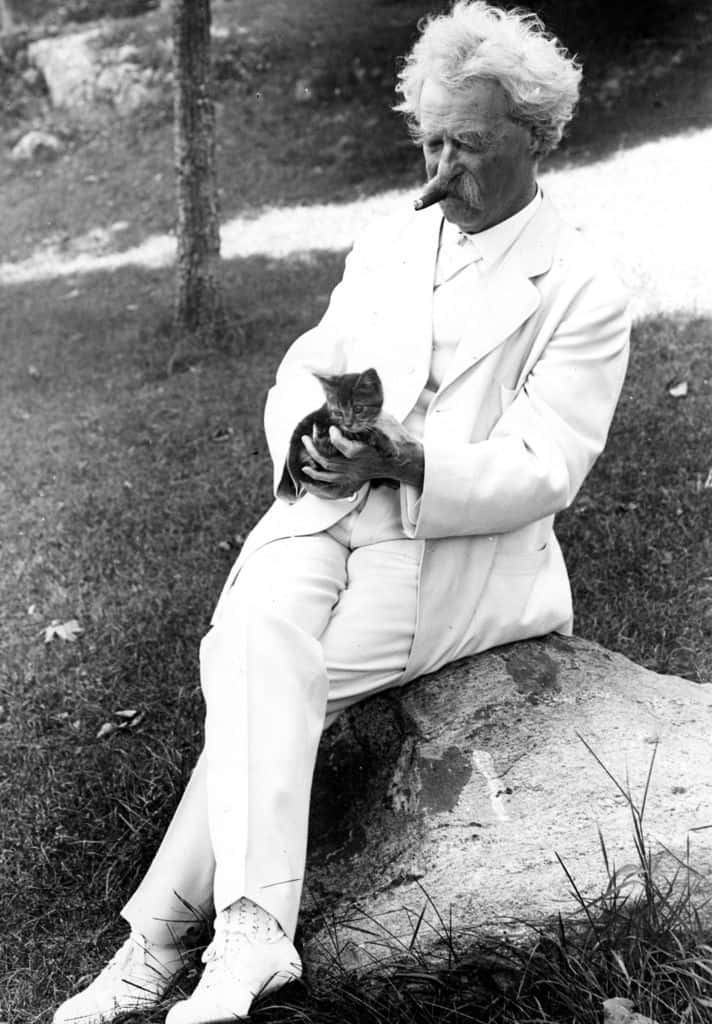
www.history.com 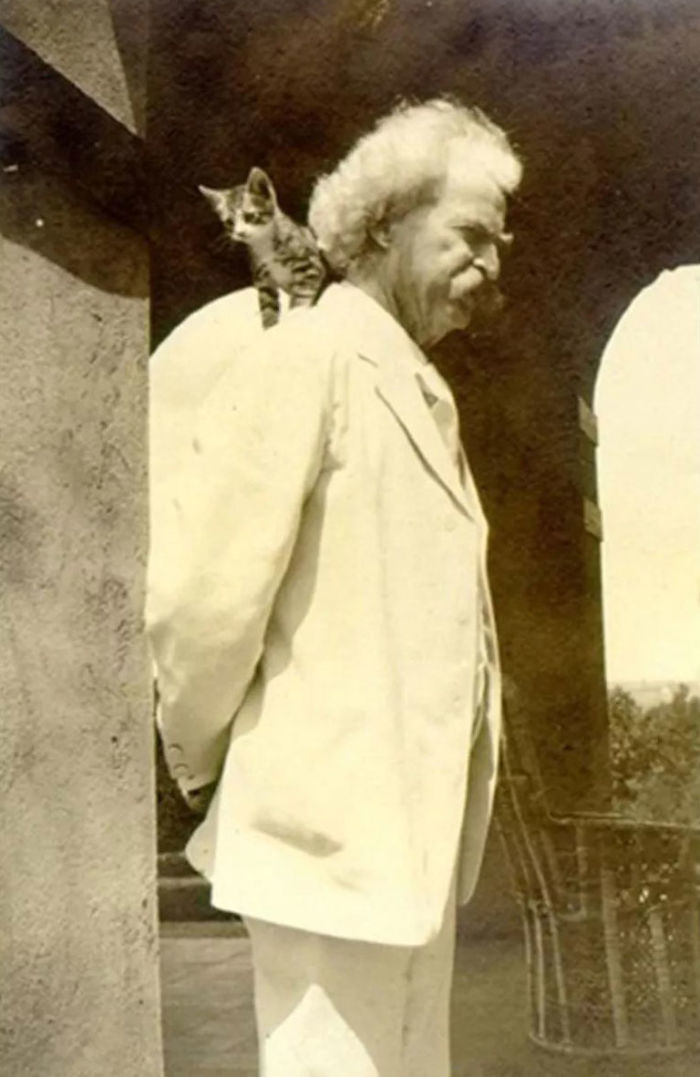
www.history.com -
Since he was a small lad, Twain had always wished to become a riverboat captain. At the time, it was one of the most coveted positions. After two years of training, he received his license. Clemens started working as a trainee riverboat pilot on the Mississippi River in 1857. He secured his younger brother Henry a position on board Pennsylvania the next year while working there. Up until early June, Samuel Clemens worked in Pennsylvania. Then, on June 13, tragedy struck when a boiler explosion aboard Pennsylvania, which was headed toward Memphis, killed many people, including 19-year-old Henry. Despite being horrified by the experience, Samuel Clemens obtained his pilot's license in 1859. Up to the start of the American Civil War in 1861, when commercial activity down the Mississippi was prohibited, he worked aboard steamboats. From that, he got the pseudonym Mark Twain from a steamboat.
Mark Twain (real name Samuel Langhorne Clemens) decided to choose a pseudonym early in his writing career, just like many of history's greatest authors. Before settling on Mark Twain, which is nautical slang for two fathoms (12 feet) deep, he tested out many other names, including Thomas Jefferson Snodgrass, Sergeant Fathom, and Josh. When referring to two, a pilot will use "twain." A leadsman would signal that the river depth was safe for the steamboat by calling "by the mark twain."
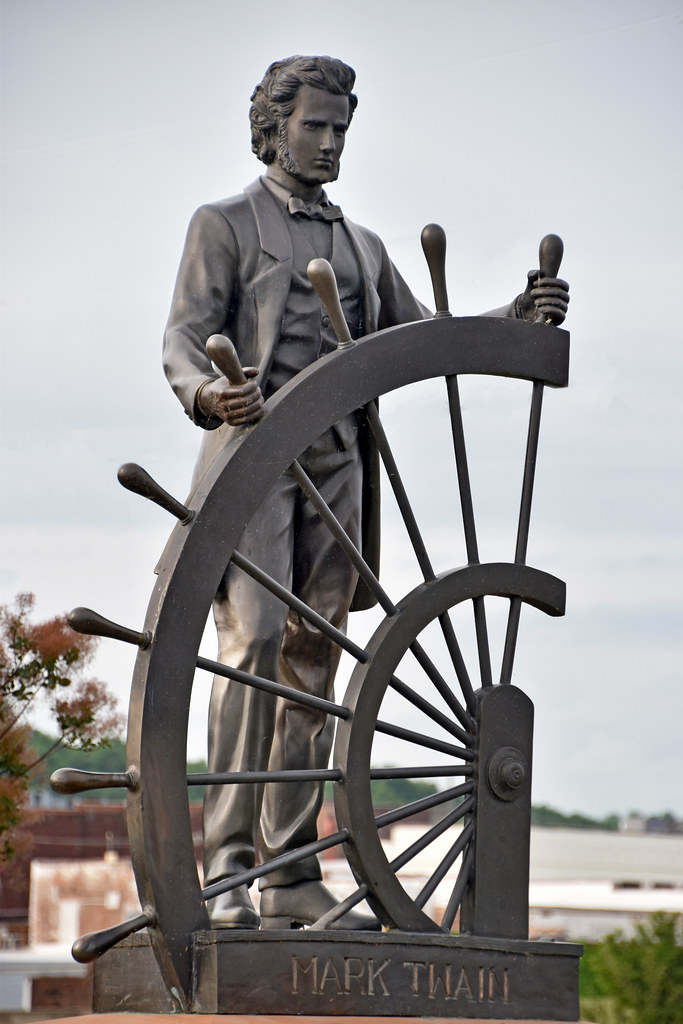
www.flickr.com 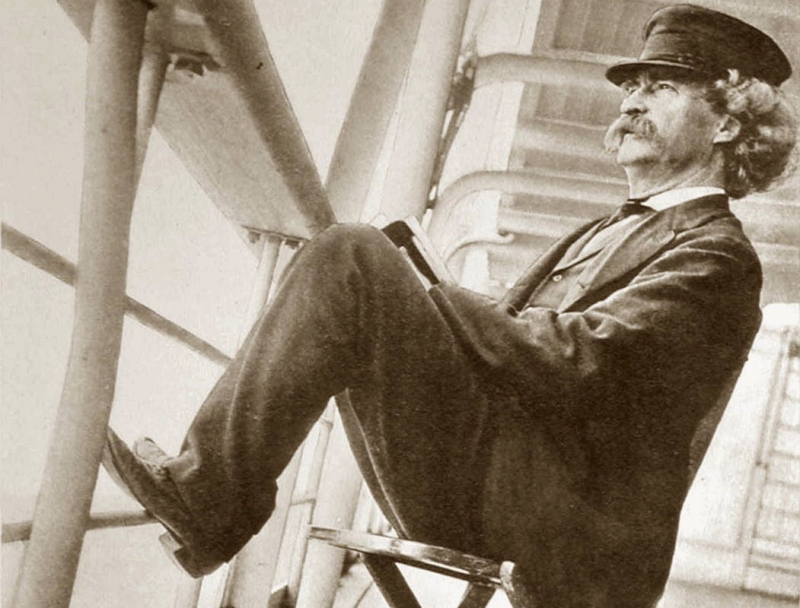
www.flickr.com -
Soon after the Civil War started, in June 1861, 25-year-old Clemens enlisted in the Marion Rangers, a pro-Confederate militia. Even though his family had owned a slave when he was a child, Clemens had no strong political opinions and most likely joined the militia mostly out of kinship with his native South. He only spent a short period with the group: The inadequately equipped Marion Rangers dissolved after two weeks of training when they heard a report that a Union force—led by Ulysses Grant, as Clemens later discovered—was approaching them. The next month, Clemens traveled west with his brother Orion, who had been appointed the territory secretary of Nevada, leaving behind Missouri and the war.
As long as it helped him get the money he needed, Twain wasn't hesitant to try out other employment. He started working as a miner in Virginia City, Nevada. In Virginia City, Nevada, he started working as a miner. Unfortunately, this work ended up being difficult and depressing. The mining industry suffered significantly from the conflict. Twain was fortunate in that he didn't have to labor there for very long. He received his first writing assignment in 1862 for the Territorial Enterprise newspaper in Virginia City, where he wrote on politics, mining, crime, and culture. In February of that year, he published his first work under the pseudonym, Mark Twain. He had previously used the aliases W. Epaminondas Adrastus Blab and Thomas Jefferson Snodgrass.
In actuality, Clemens later on in life grew to be friends with Ulysses Grant, and in 1885 he published the former president's autobiography, which went on to become a best-seller and save Grant's widow from poverty after her husband lost most of their money via poor investments.
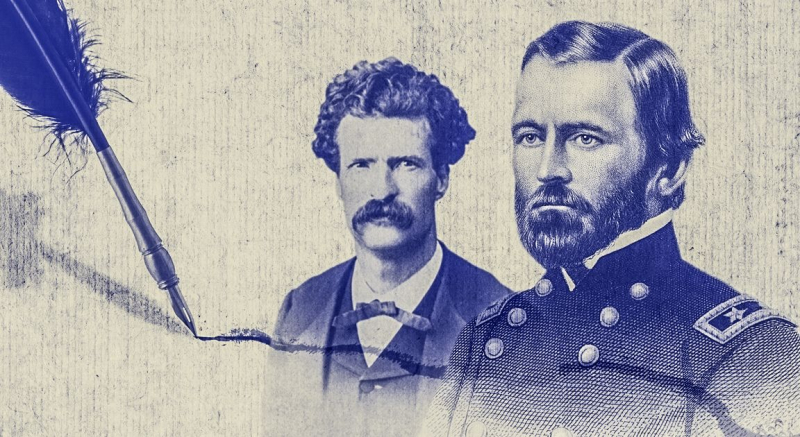
www.ozy.com 
www.ozy.com -
Twain challenged a rival Nevada newspaperman to a duel in May 1864, but he left before the battle had started, ostensibly to avoid being detained for breaking the territory's anti-dueling statute. Twain moved to San Francisco and was hired as a reporter there, but he quickly grew bored with the job and was let go. Later that year, Twain helped a buddy who had been arrested after a bar fight by posting bail. When the buddy left town, Twain thought he should leave San Francisco for a bit as well, but lacked the money to pay the bond. He left for the friend's mining cabin near Jackass Hill in Tuolumne County, California (the Jackass Hill area was booming during the 1849 gold rush, but when Twain visited just a small number of miners remained). Twain overheard a man recounting a story about a leaping frog competition when he was at a bar in the adjacent hamlet of Angels Camp in Calaveras County, California.
Twain received a letter from a writer friend in New York requesting him to contribute a tale to a book he was compiling when he got back to San Francisco in February 1865. Twain decided to submit a narrative based on the leaping frog legend he had heard, but by the time he finished it, the book had already been out. But as it turned out, Twain's article, "Jim Smiley and His Jumping Frog," was sent to the Saturday Press in New York by the publisher of the book, and it was published there on November 18, 1865. The hilarious tale, which was later renamed "The Celebrated Jumping Frog of Calaveras County," proved to be a huge hit with readers and was widely reproduced.
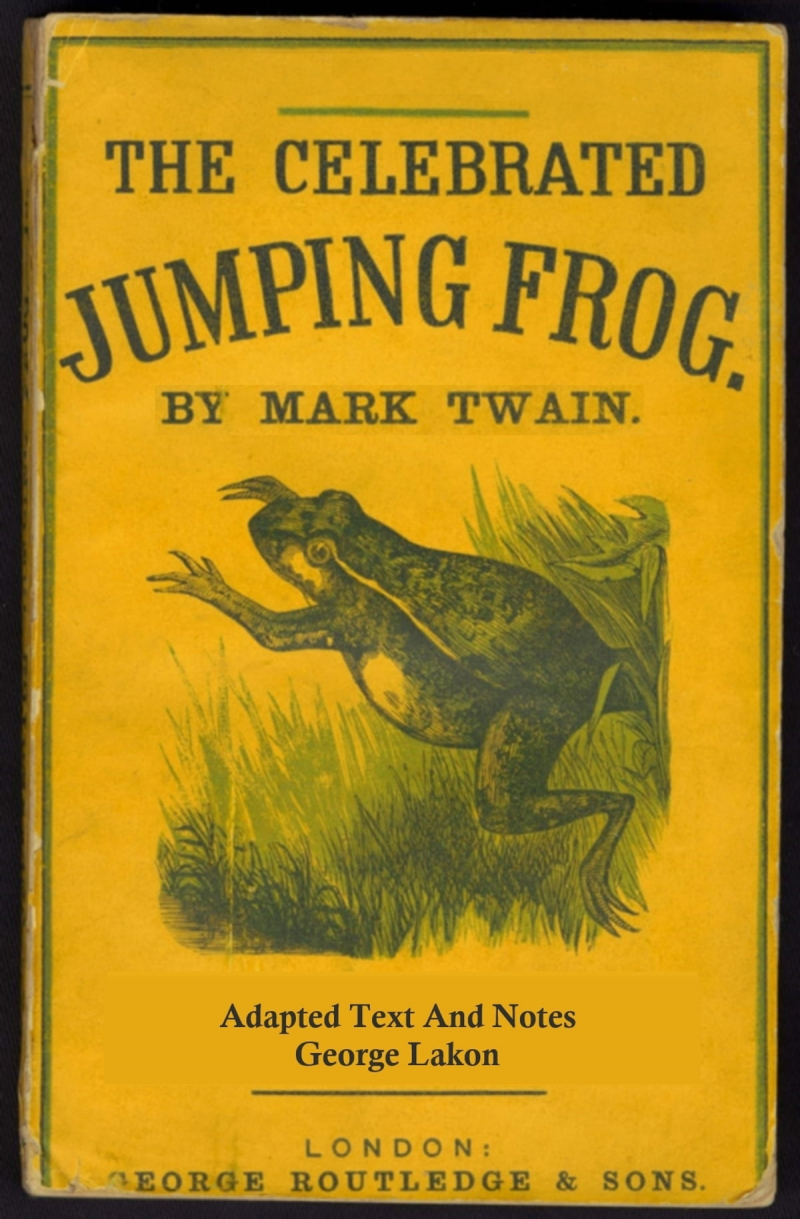
www.kobo.com 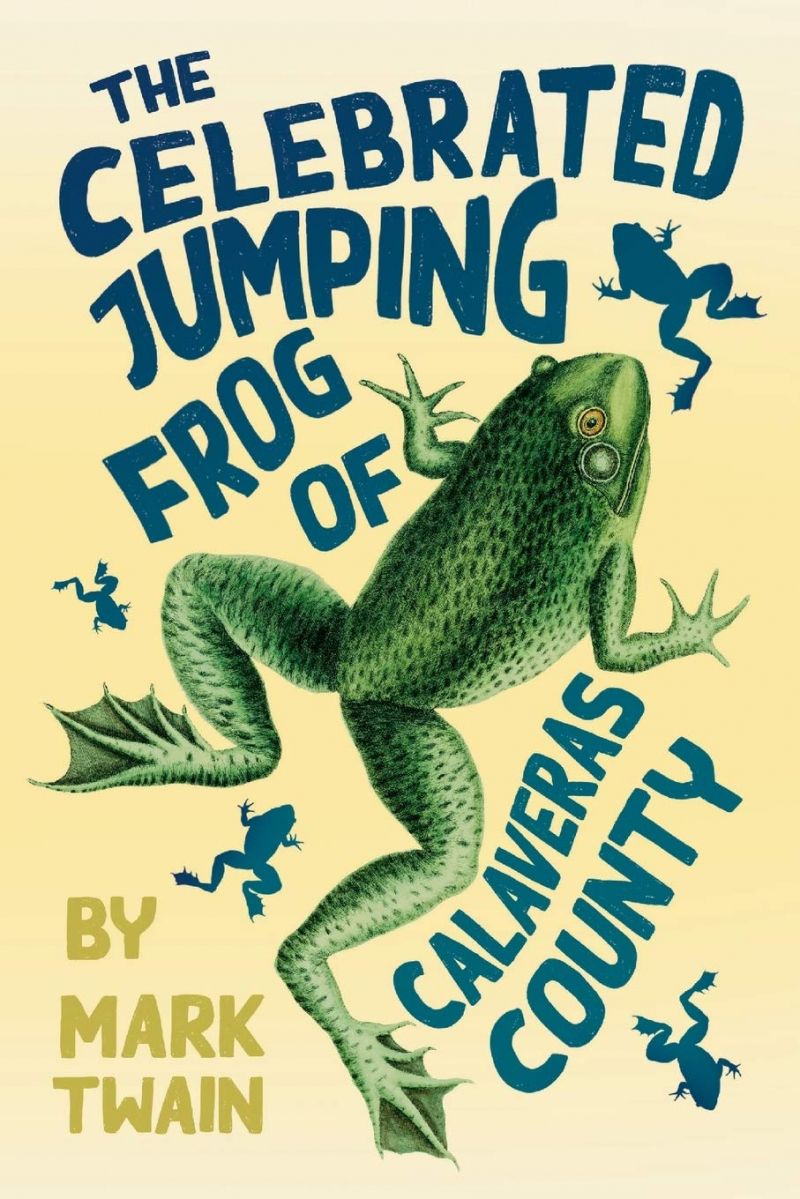
www.kobo.com -
Despite being regarded as the first great American novel, The Adventures of Huckleberry Finn wasn't easy to write. It took him seven years to complete the Adventures of Huckleberry, which is one of the interesting facts about Mark Twain. He began writing the book in 1876, but the project was put on hold for a while because it didn't go well at first. After finishing roughly 400 pages, he admitted to a friend that he only "tolerably well" loved the work so far and might "pigeonhole or destroy" the book. After putting the project on hold for a while, he ultimately finished it in 1883 after experiencing a creative flash.
"Adventures of Huckleberry Finn," which is set in the antebellum South, tells the tale of the titular character, a young misfit who rafts down the Mississippi River with Jim, a fugitive slave. In Mark Twain's 1876 book "The Adventures of Tom Sawyer," Huck Finn made his literary debut as Sawyer's companion. Tom Blankenship, a youngster Twain knew growing up in Hannibal and who was four years older than him, served as the inspiration for Huck Finn. His father, a worker, had a history of being a local alcoholic, and Blankenship's family was not wealthy. In Huckleberry Finn, I drew Tom Blankenship precisely as he was, as Twain stated in his autobiography. He lacked education, was poorly nourished, and unclean, yet his heart was as pure as any boy's ever was. What happened to Blankenship later in life is unknown. Although Twain claimed to have heard a tale about Blankenship becoming a justice of the peace in Montana, other versions contend that he was either imprisoned for thievery or passed away from cholera.
The fact that "Adventures of Huckleberry Finn" has generated controversy since its publication is undeniable. The Concord, Massachusetts public library forbade the book just one month after its 1885 release due to claims of harsh language and a lack of moral character. The book was removed from certain school reading lists in the decades that followed after it was labeled racist by critics in the middle of the 20th century. However, a lot of academics claim that the work is a critique of racism.
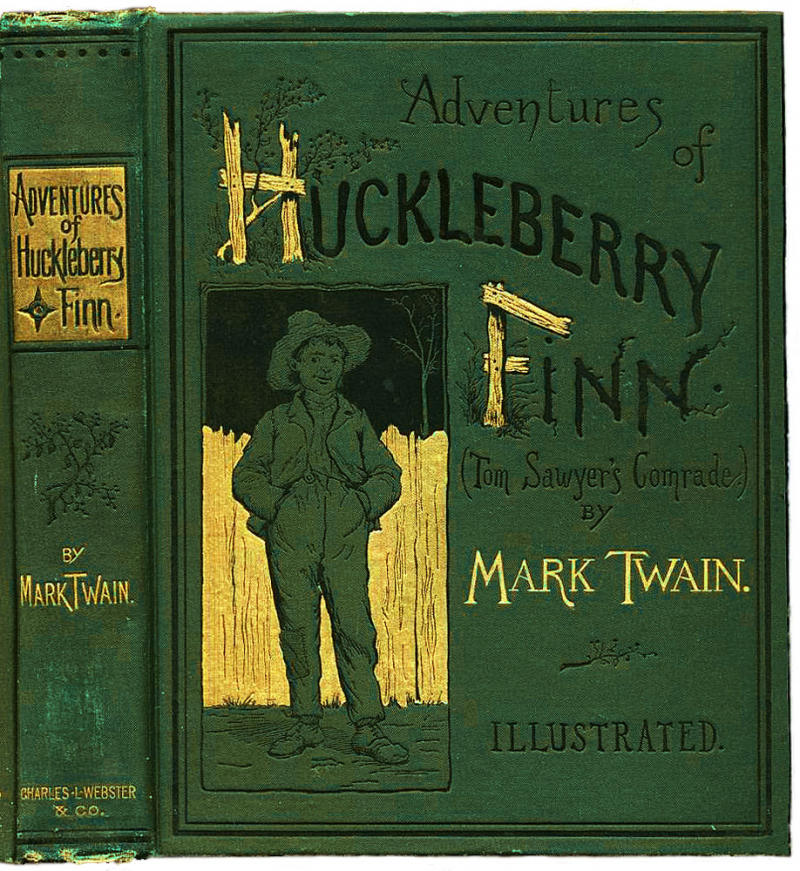
www.kobo.com 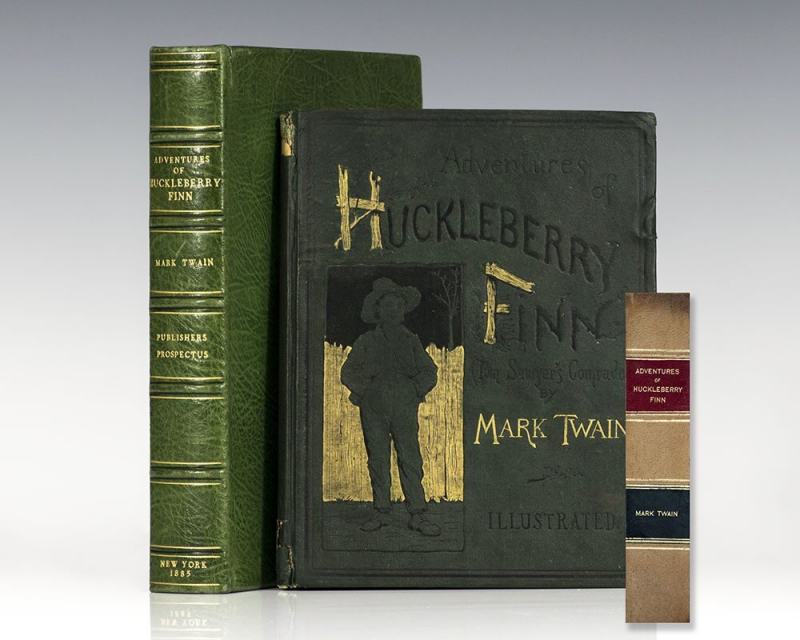
www.kobo.com -
Mark Twain loved hanging out and getting to know other luminaries of the day. He knew Alexander Graham Bell, for instance, and Thomas Edison had filmed him in his own house in 1909. No other than brilliant inventor Nikola Tesla, Twain and Tesla enjoyed one of their closest friendships. While the renowned inventor worked in the lab, Mark Twain spent hours hanging out with him. Even though they both put in a lot of effort and created, they also shifted their residences and extended absences outside of New York. That did not stop Mark Twain from inviting Tesla to his daughter Clara's wedding in the fall of 1909 (Clara Clemens, 1874–1962). That phone conversation served as a serious, unambiguous testament to the depth and enduring nature of their friendship. The historical records of their correspondence have been preserved and are housed in the Nikola Tesla Museum in Belgrade.
Mark Twain and Nikola Tesla were close friends and fans of one another. Both Tesla, a renowned scientist, inventor, and discoverer, and Twain, a well-known author, traveler, and humorist, were genuine dreamers. During the time between the 19th and 20th centuries, two extremely well-known and distinguished individuals lived and worked as acquainted and friends for over twenty years. Despite having distinct artistic inclinations, they could still be excellent friends and socialize while appreciating and truly respecting one other's work and contributions. Several pieces of contact between these two giants were discovered in Tesla's legacy, which includes numerous archive records still in existence on both personal and technical issues, monographs, and serials. The purpose of this study was to evaluate the nature of their friendship, to highlight some of its details and highlight commonalities between the two of them, as well as to present newly saved documents and lesser-known details from the lives of two deserving individuals who, through their work and knowledge, we're attempting to build a better world.
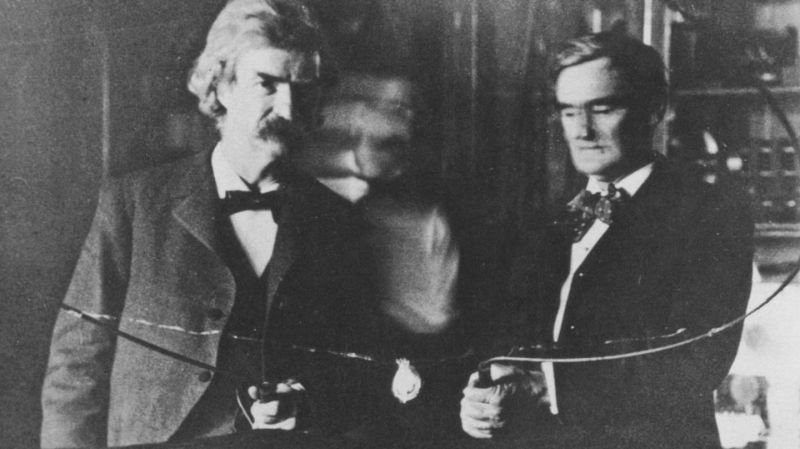
www.history.com 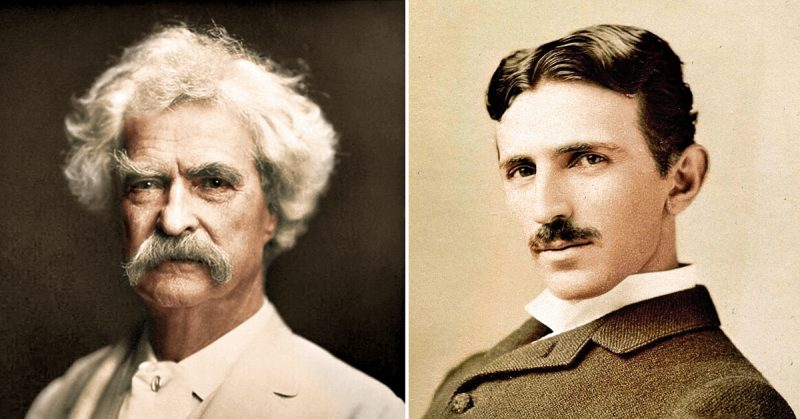
www.history.com -
Mark Twain is likely seen in your mind as wearing an all-white suit, it's also one of the interesting facts about Mark Twain. The author is well recognized for his distinctive style, which consists of a white suit and a pipe, even though he only developed this habit later in life. It almost seems as though Twain sought the White Virgin, a well-known character from American fiction written in the nineteenth century, in his later years. The most well-known of these was Little Eva, a little girl who appeared in Uncle Tom's Cabin and was characterized in the following fashion by Harriet Beecher Stowe: "She always appeared to be clad in white and moved around various locations like a shadow without picking up any spots or stains." He undoubtedly made white clothing popular, but the American painter James McNeill Whistler had started wearing so in Paris approximately ten years before. The author Tom Wolfe imitated him years later.
In the past, wearing an all-white suit was only acceptable during the summer months and on specific occasions, thus this was a true statement. Twain was therefore extremely edgy and subversive for wearing a white suit all year long, including on official occasions like a congressional appearance. The Mark Twain Boyhood Home & Museum states that in December 1906, Twain appeared before a congressional committee to discuss copyright while dressed in a white suit. To add dramatic emphasis, he did this. He wore white out of season several more times after that for impact. In the winter, no matter how cold it became, he wouldn't exchange his white clothing for "shapeless and demeaning dark ones." Therefore, those who adhere to the "no white after Labor Day" guideline, take that. Twain sometimes referred to his trademark ensemble as the "Dontcareadam" suit, which perfectly captures his attitude regarding clothes and fashion.
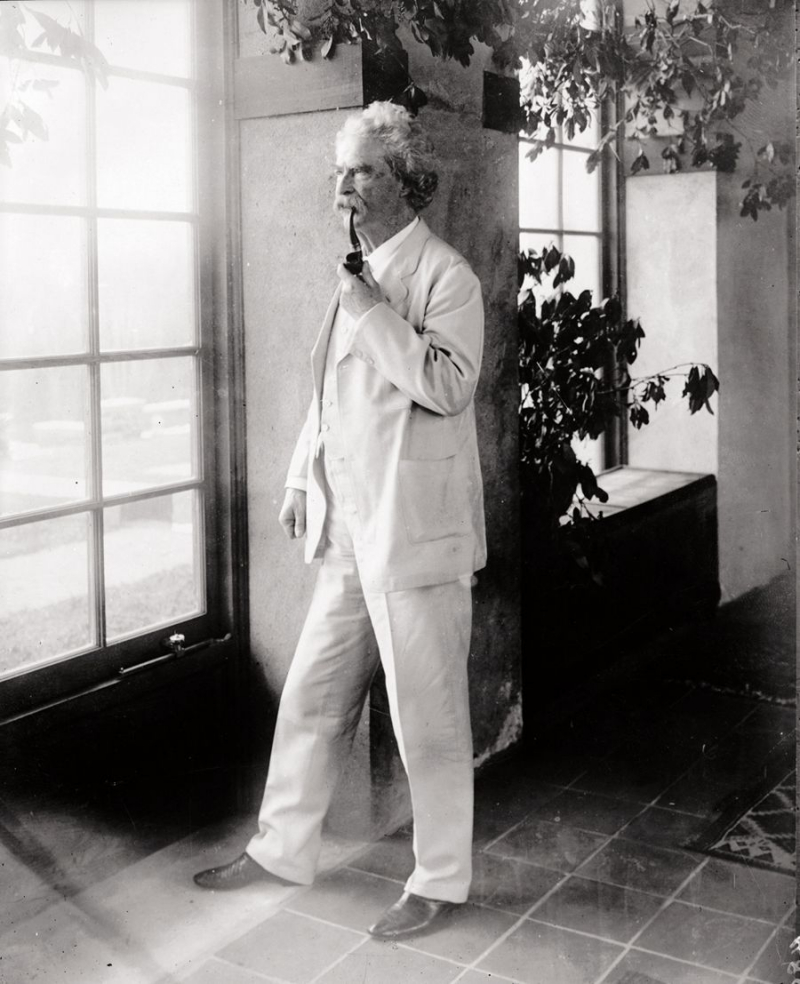
ithub.com 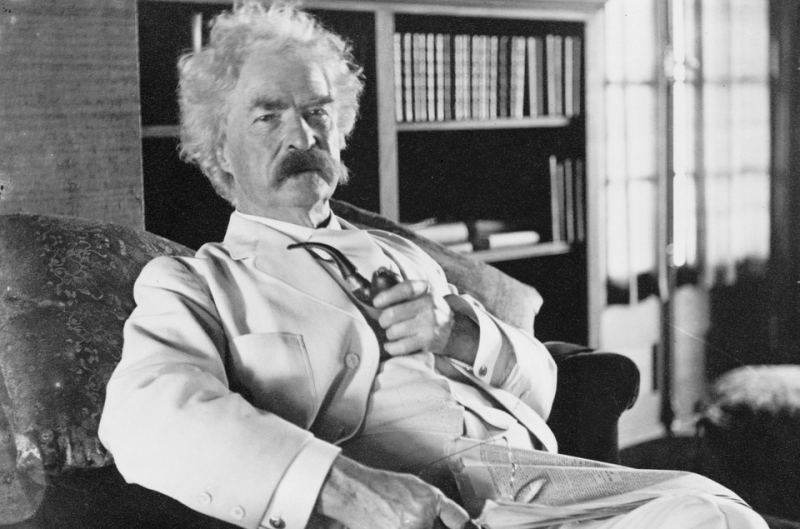
ithub.com -
Twain's creative process was irregular and subject to the whims of his inspiration, not as disciplined or regular as that of some other authors. He labored tirelessly for days when it was flowing. He would just stop writing when it didn't. His work sometimes sat unfinished for years since he began considerably more tasks than he completed. Fortunately, we are discussing his inventiveness rather than his production.
Twain created two more things that were also patented, in addition to Memory Builder. One came about because of his passion for scrapbooking, and the other because of his aversion to suspenders. He created a self-adhesive scrapbook that functions as an envelope, and it brought him roughly $50,000. However, Twain's "innovation in adjustable and removable straps for clothes" had a completely different function than he had anticipated. The bra was the only tight garment for which this brilliant idea became popular, according to The Atlantic. For those without much experience with brassieres, the elastic band that supports women's breasts is held in place by a clasp rather than a button, snap, or another fastener. Ladies and gentlemen who aren't so dexterous, you may thank Mark Twain for that. He echoes the beliefs of modern titans like Steve Jobs, who created an empire by honing concepts that weren't entirely his own, in his views on uniqueness and simplicity. It's also fascinating to note that many of the problems individuals faced now were there even in the 19th century. This brings up the fact that I should go take a break.
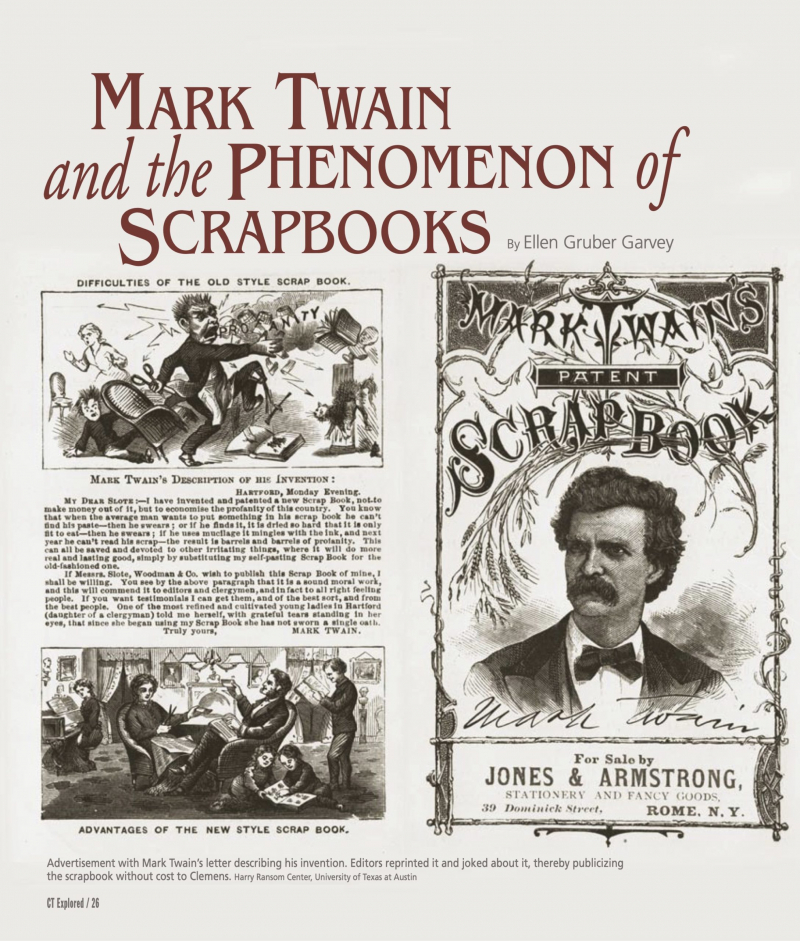
www.ctexplored.org 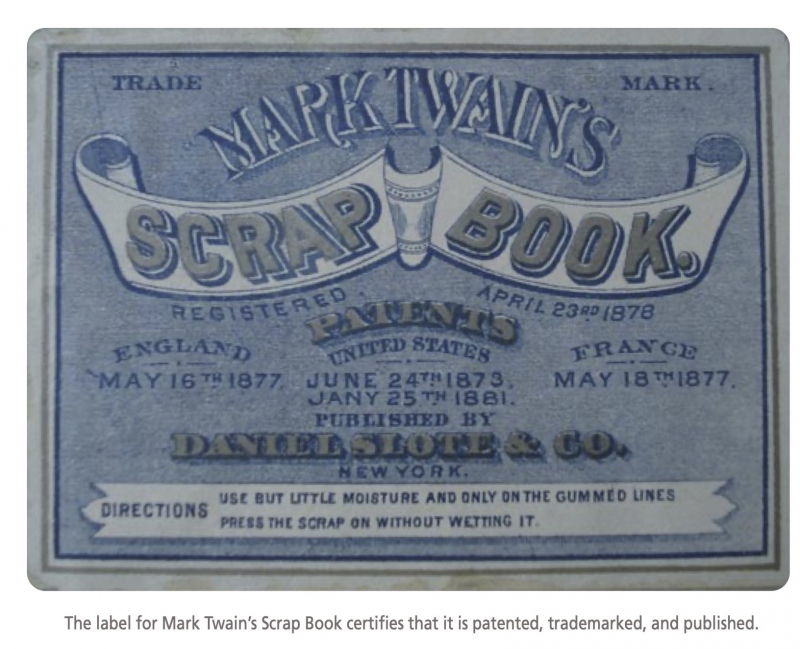
www.ctexplored.org -
One of the other interesting facts about Mark Twain is he was a bad businessman. Twain invested money in a variety of poor ventures after finding popularity as a writer, which led to his eventual bankruptcy. Some estimates place the cost of one investment blunder, involving an automated typesetting machine, at close to $200,000. This is a sizable number given that the majority of American families made less than $1,200 a year in 1890. Alexander Graham Bell approached Twain about investing in his new creation, the telephone, but Twain reportedly declined. Twain created many items on his own, including a self-pasting scrapbook that fared well and an elastic trouser strap that did not.
Twain moved his family to Europe in 1891 from his 25-room Hartford house where he had lived since 1874 to live more affordably (he also hoped the change of scenery would help his wife, who was in poor health). Nevertheless, Twain filed for bankruptcy in 1894 as a result of the collapse of the publishing house he had established a decade earlier. He started an international speaking tour the next year to raise money to pay off his obligations, which he was able to achieve within a few years.
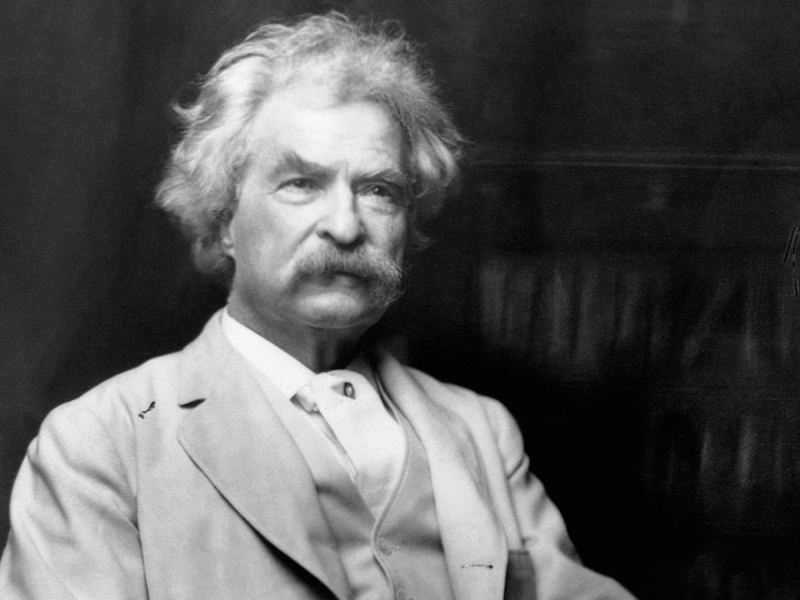
pixels.com 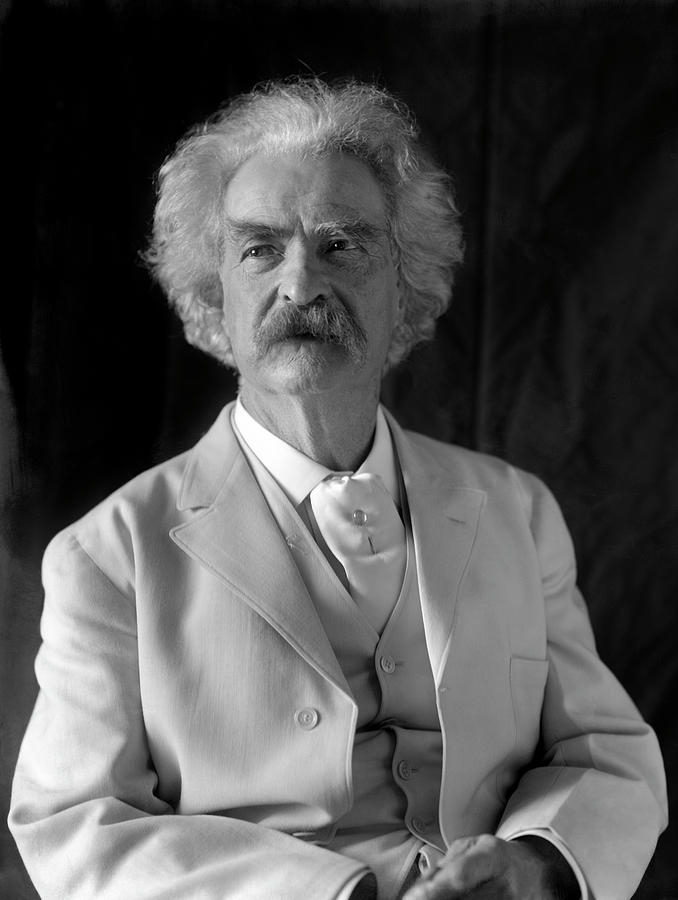
pixels.com -
Twain wed Olivia Langdon, an abolitionist who was born and raised in Elmira, New York, in 1870. Olivia's younger brother, who had met Clemens while traveling to Europe and the Holy Land on the steamer Quaker City in 1867, made the introduction. In his best-selling travelogue "The Innocents Abroad," published in 1869, Clemens wrote about this outing. The Clements had four children, two of whom died in their 20s and one of whom, a son, died when he was just a baby. While her famous husband passed away on April 21, 1910, at his home in Redding, Connecticut, at the age of 74, Olivia Clemens passed away in 1904 at the age of 58. Her health had been declining for several months. Their last child, Clara, passed away in 1962. Nina Gabrilowitsch, Clara Clemens' lone child, died in 1966. There are no living direct descendants of Samuel Clemens since Gabrilowitsch was childless.
Aditional, probably one of the most interesting facts about Mark Twain's life is the fact that he accurately predicted the day he would pass away. I arrived in 1835 with Halley's Comet, he claimed in a 1909 letter. I anticipate leaving with it since it will return the next year. If I don't go out with Halley's Comet, it will be the worst disappointment of my life. There is no question that the Almighty has said: "Now look at these two irrational freaks; they came in together, they must go out together." Oh, I am excited about it. The famous novelist passed away on April 21, 1910, just as the comet was visible in the sky, much to everyone's great surprise—except his own.
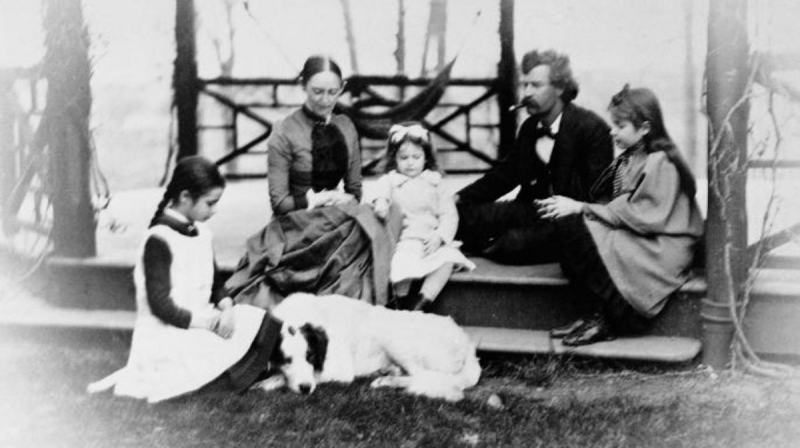
www.history.com 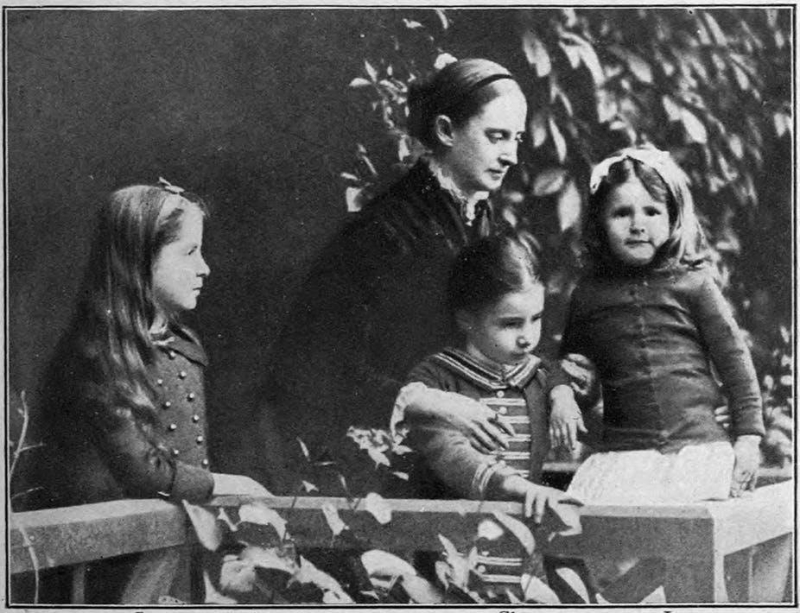
www.history.com















